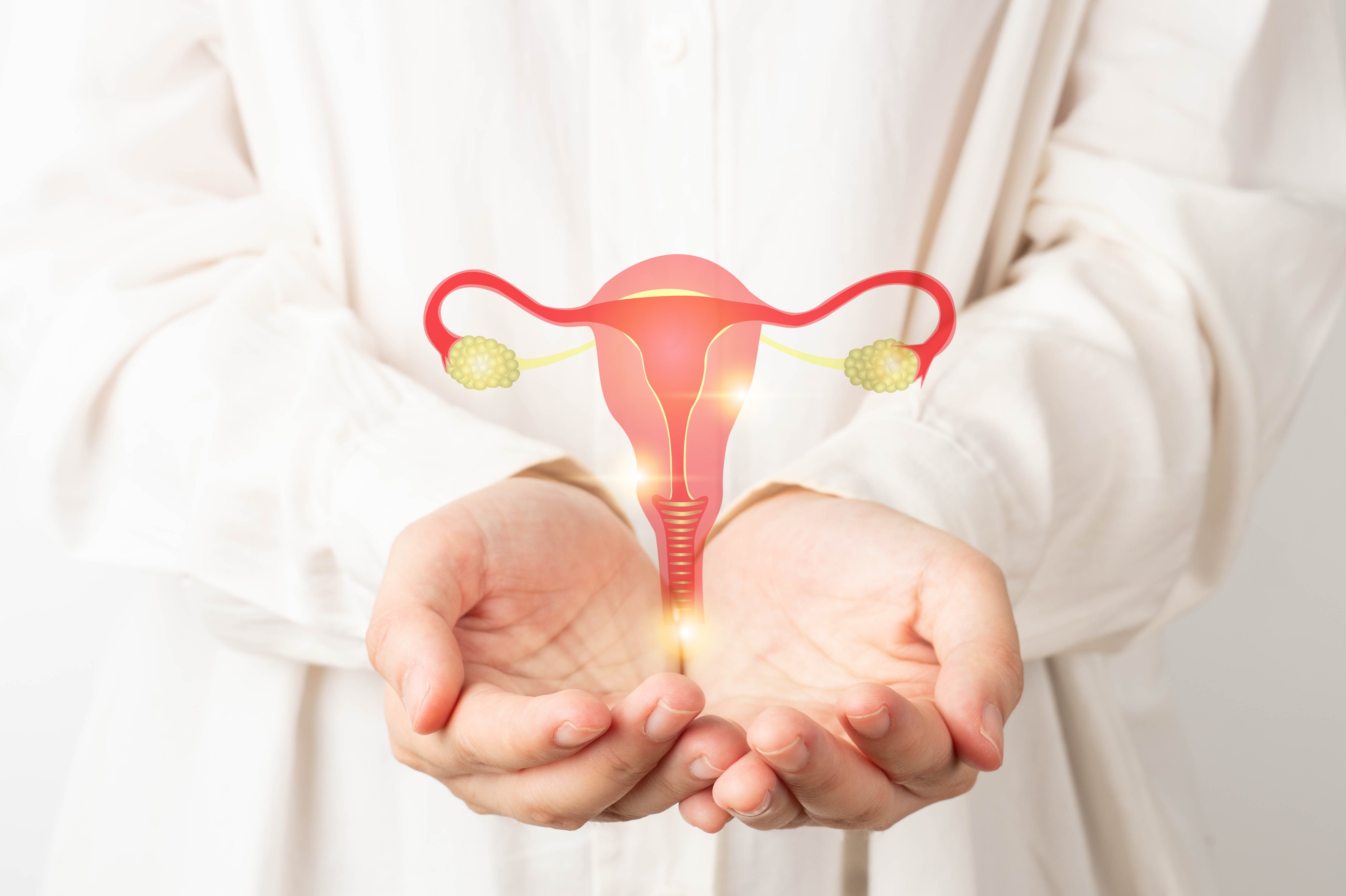
(Vienna, 05-01-2023) Cervical cancer is the cancer with the fourth highest mortality rate among women worldwide. Locally advanced cervical cancer (LACC) is treated with a combination of external and internal radiotherapy (brachytherapy) and chemotherapy. For the first time, a study conducted by a research group at the Comprehensive Cancer Centre Vienna of MedUni Vienna and Vienna General Hospital using data from the multicentre EMBRACE-I trial demonstrated the superiority of a targeted approach in brachytherapy. The results have just been published online in the highly respected Journal of Clinical Oncology and are the basis for customized treatment for patients.
Brachytherapy is a special radiotherapy/radiation oncology procedure in which a so-called applicator is inserted directly into or in the immediate vicinity of the tumour as part of a minimally invasive procedure, and the tumour is then irradiated internally by computerized remote control. The Embrace-I study, initiated and managed at the Department of Radiation Oncology at MedUni Vienna and Vienna General Hospital at the Comprehensive Cancer Center Vienna, personalizes brachytherapy for cervical cancer as part of an international consortium with 24 centres in Europe, Asia and North America. Instead of the “classic” brachytherapy for cervical cancer - the same dose for everyone, regardless of the individual tumor spread - the basis for an innovative personalized treatment concept was defined. "This analysis showed that the precise adaptation of the dose according to the tumor volume defined by magnetic resonance imaging is relevant for tumor control. Hypothetical assumptions could thus be clinically confirmed in an international group of more than 1,300 patients," describe the study leaders Maximilian Schmid and Christian Kirisits from the Department of Radiation Oncology the results that have already been published.
Finally, a personal approach
On this basis, the study now being published was able to identify risk factors from the data from the Embrace-I study and correlate them with the dose. "This is the first time we have seen that different brachytherapy doses are required for individual parameters such as different histologies or different tumour sizes," explained study leader Maximilian Schmid. In a planned follow-up study, a risk-adapted customized treatment is now being investigated, where a lower dose is administered in a low-risk situation and is thus presumably safer, while a higher dose is administered in a high-risk situation in order to achieve reliable long-term tumour clearance. "In the future, the new findings will allow us to offer patients customized targeted therapy," said Schmid.
“Watch & Wait“ instead of surgery
This study revealed another significant result for patients. In addition to the 98% complete remission rate and the high local tumour control rate of the uterus - 92% after 5 years - as major findings of the Embrace-I study, 81 (out of 1318) patients still had residual tumour 3 months after the therapy ended. In three quarters (60) of these 81 patients, the tumour disappeared after another 3 to 6 months without further therapy. Only in 21 patients did the tumour require further treatment after this period. "Previously, it was common to perform surgery after three months at the latest if tumour remained. Obviously, this is not necessary in a large proportion of patients. We can conclude from this study that a tumour that is still visible 3 months after the end of therapy can also only be observed by means of gynaecological examination and magnetic resonance imaging if it has already shrunk," the study leaders concluded. The long-term outcome was also identical to the group that was previously tumour-free. The patients would thus be spared major surgery.
Publication: Journal of Clinical Oncology
Risk Factors for Local Failure Following Chemoradiation and Magnetic Resonance Image–Guided Brachytherapy in Locally Advanced Cervical Cancer: Results From the EMBRACE-I Study
Maximilian P. Schmid; Jacob C. Lindegaard; Umesh Mahantshetty; Kari Tanderup; Ina Jürgenliemk-Schulz; Christine Haie-Meder; Lars U. Fokdal; Alina Sturdza; Peter Hoskin; Barbara Segedin; Kjersti Bruheim; Fleur Huang; Bhavana Rai; Rachel Cooper;
Elzbieta van der Steen-Banasik; Erik Van Limbergen; Bradley R. Pieters; Primoz Petric; Dariga Ramazanova; Robin Ristl; Sadhana Kannan; Rohini Hawaldar; Stefan Ecker; Kathrin Kirchheiner; Li Tee Tan; Remi Nout; Nicole Nesvacil; Astrid de Leeuw; Richard Pötter; and Christian Kirisits; EMBRACE Collaborative Group
doi: https://doi.org/10.1200/JCO.22.01096